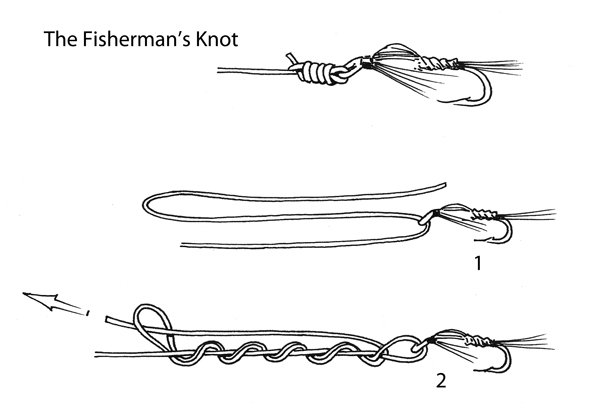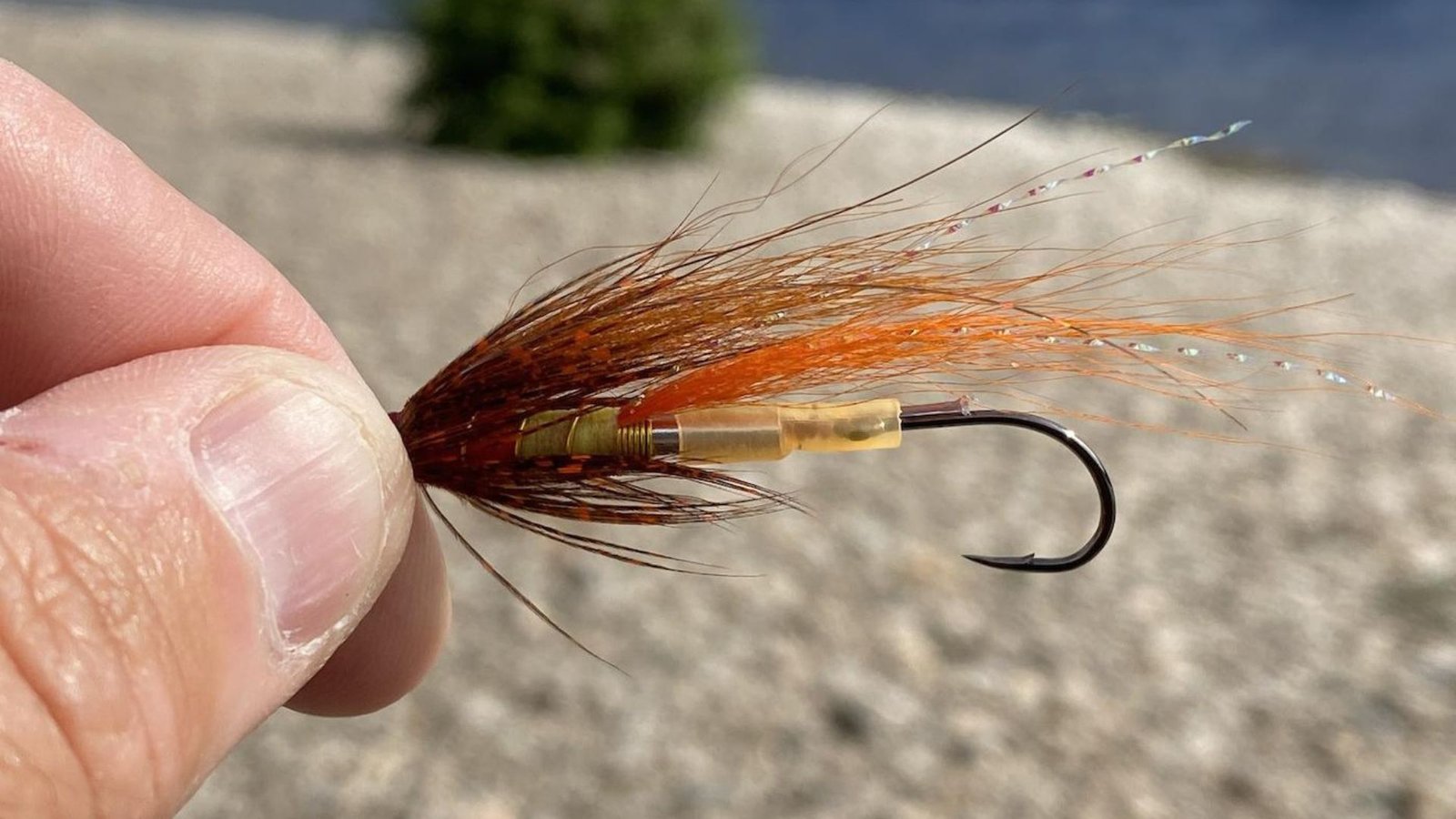Tying strong and reliable knots is essential for successful salmon fishing. Whether you’re attaching your hook, swivel, or leader, using the right knot can make all the difference in securing your catch. Here’s a comprehensive guide on tying essential salmon fishing knots to ensure your lines stay secure and your fishing adventures fruitful.
Understanding the Importance of Proper Knots
Before we delve into specific knots, it’s crucial to understand why knot tying is so important in salmon fishing. A well-tied knot not only keeps your tackle securely attached but also ensures minimal impact on your fishing line’s strength. This is particularly critical when battling powerful salmon, as any weak point in your knot could lead to a lost catch.

How to Tie Salmon Fishing Knots
The Improved Clinch Knot
The Improved Clinch Knot is one of the most commonly used knots for attaching hooks, swivels, and lures to your fishing line. To tie it, start by threading the line through the eye of the hook and double back parallel to the standing line. Create a simple overhand knot around the doubled line, forming a loop. Pass the tag end through the loop and tighten by pulling both the tag end and the standing line.
The Palomar Knot
The Palomar Knot is another reliable knot for attaching hooks and lures, known for its simplicity and strength. Double about 6 inches of line and pass it through the eye of the hook. Tie a simple overhand knot with the doubled line, creating a loop large enough to pass the hook through. Pass the hook through the loop and tighten by pulling both ends of the line.
The Uni Knot
The Uni Knot is versatile and useful for tying hooks or connecting two lines of different diameters. Begin by passing the line through the eye of the hook and double back, forming a loop. Wrap the tag end around both lines, including the doubled line, for 4-6 turns. Pass the tag end through the loop created near the eye of the hook and tighten by pulling both the tag end and the standing line.
Choosing the Right Knot for the Job
Knot selection isn’t a one-size-fits-all situation. Consider the tools you’re using: is it a light spinning reel or a heavy-duty trolling setup? The strength of your line also plays a crucial role – a thin finesse line needs a knot that offers a secure hold without compromising its breaking strength. And of course, don’t forget your target! Battling a giant salmon requires a much stronger knot than wrangling a feisty trout. Practice tying your chosen knot until it becomes second nature. A secure knot means the difference between an epic catch story and a tale of the one that got away. So, invest some time in mastering your knots – your future catches will thank you for it!
Tips for Tying Salmon Fishing Knots
Here are some additional tips to enhance your knot-tying skills:
- Wet the knot before tightening: This reduces friction and ensures a secure hold.
- Trim excess tag ends close to the knot: Prevents snagging on underwater debris.
- Practice at home: Familiarize yourself with different techniques to improve speed and efficiency.
Conclusion
In conclusion, mastering the art of tying salmon fishing knots is an essential skill for any angler seeking success on the water. Whether you’re using the Improved Clinch Knot, Palomar Knot, Uni Knot, or other specialized knots, understanding when and how to use them will enhance your fishing experience. Practice regularly, paying attention to the smallest details of knot tension and alignment with the fishing line. Adapt your techniques based on varying fishing conditions, such as water clarity and current strength, to ensure your knots hold strong against the vigorous fight of salmon. By honing your knot-tying abilities, you not only increase your chances of landing prized catches but also contribute to a more enjoyable and memorable salmon fishing adventure every time you cast your line.




